Slowdance® Danse Lente
An object placed in this frame looks like it is moving in slow motion. Other effects can also be produced like the succession of fixed positions. The idea came from this Kickstarter project.
The title of this page used to be "Slowdance" but the original author Jeff Lieberman sent me an email to tell me that this name was a registered trademark and I had to change the title of this page. This sounds a little stange to me, but if it pleases him, why not...
Principle of operation
This device uses the stroboscopic effect. An object having a periodic motion is lit at precise moments to give the illusion of a slower motion or even stopped.
In the animation above, the oscillation frequency of the flexible rod is 1.00 Hz, while the frequency of the light flashes is 1.05 Hz. The light flashes being slightly closer than an oscillation period, each period, they light up the rods a little bit earlier in the cycle. The apparent frequency of the motion is 0.05 Hz, 20 times slower than the real oscillation frequency.
In order to make the amplitude of the oscillations as large as possible, the frequency has to be close to a natural frequency of the object (eigenfrequency)
The device
The principle is simple, the object must oscillate in a controlled way and be lit up at precise moments.
The object is attached to a flexible metallic rod with a magnet glued on it. The magnet is placed close to an electromagnet (a coil around an iron core). When an alternating current circulate in the coil, the rod oscillate at the same frequency.
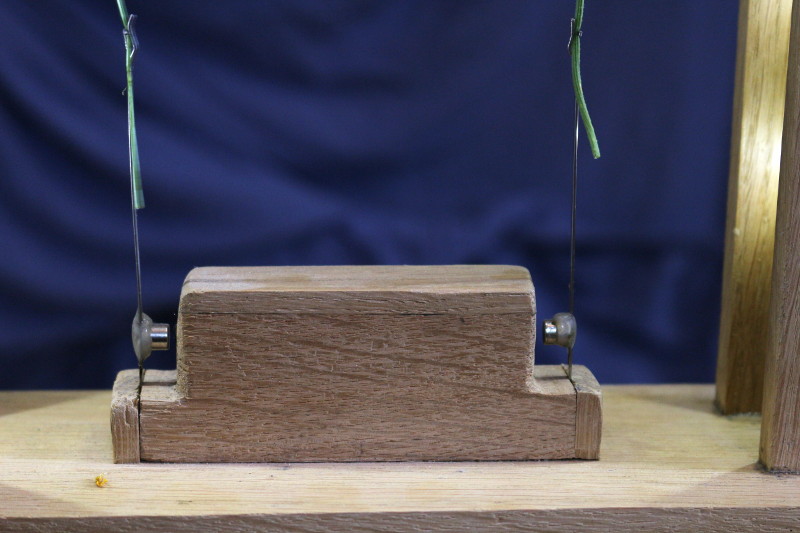

The lighting is produced by twelve white LEDs distributed in the frame. It is important to have a high number of LEDs for a couple of reason :
- The object must be evenly lit ;
- the LEDs are on for a very short period of time, thus the average intensity produced is much weaker than it would be with continuously on LEDs
The device is controlled by a msp430g2553 microcontroller driving a dual H-bridge L298 which provides the power to the LEDs and the electromagnet.
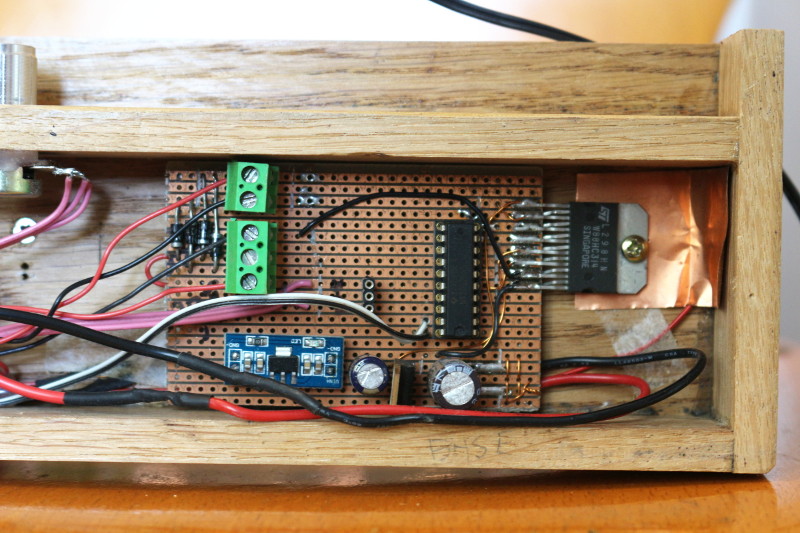
The frequency is adjustable by a potentiometer the value of which is measured by the A/D converter of the microcontroller. There is also a switch for mode selection.
For now, only 3 simple modes are programmed, but it is in principle possible to program arbitrary motions. Nevetheless, a great care must be taken to the lighting periods of the LEDs, because the average intensity has to be constant in time to prevent any flickering effect. When the motion wanted is complicated, managing the lighting pattern might be challenging.
One could also add sensors to allow the system to react to external stimuli, for example a microphone could allow an object to really "dance" in the rythme of the music.
Pictures
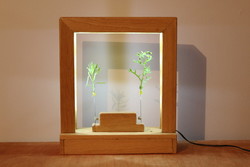
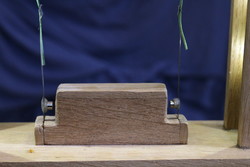

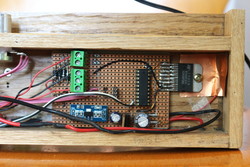
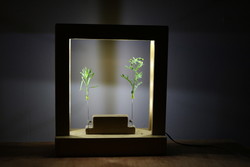
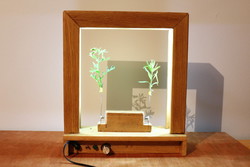
Video
Music: bensound
